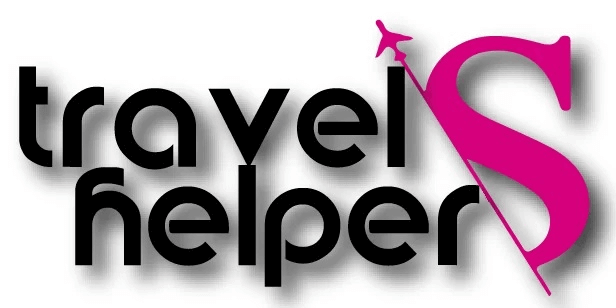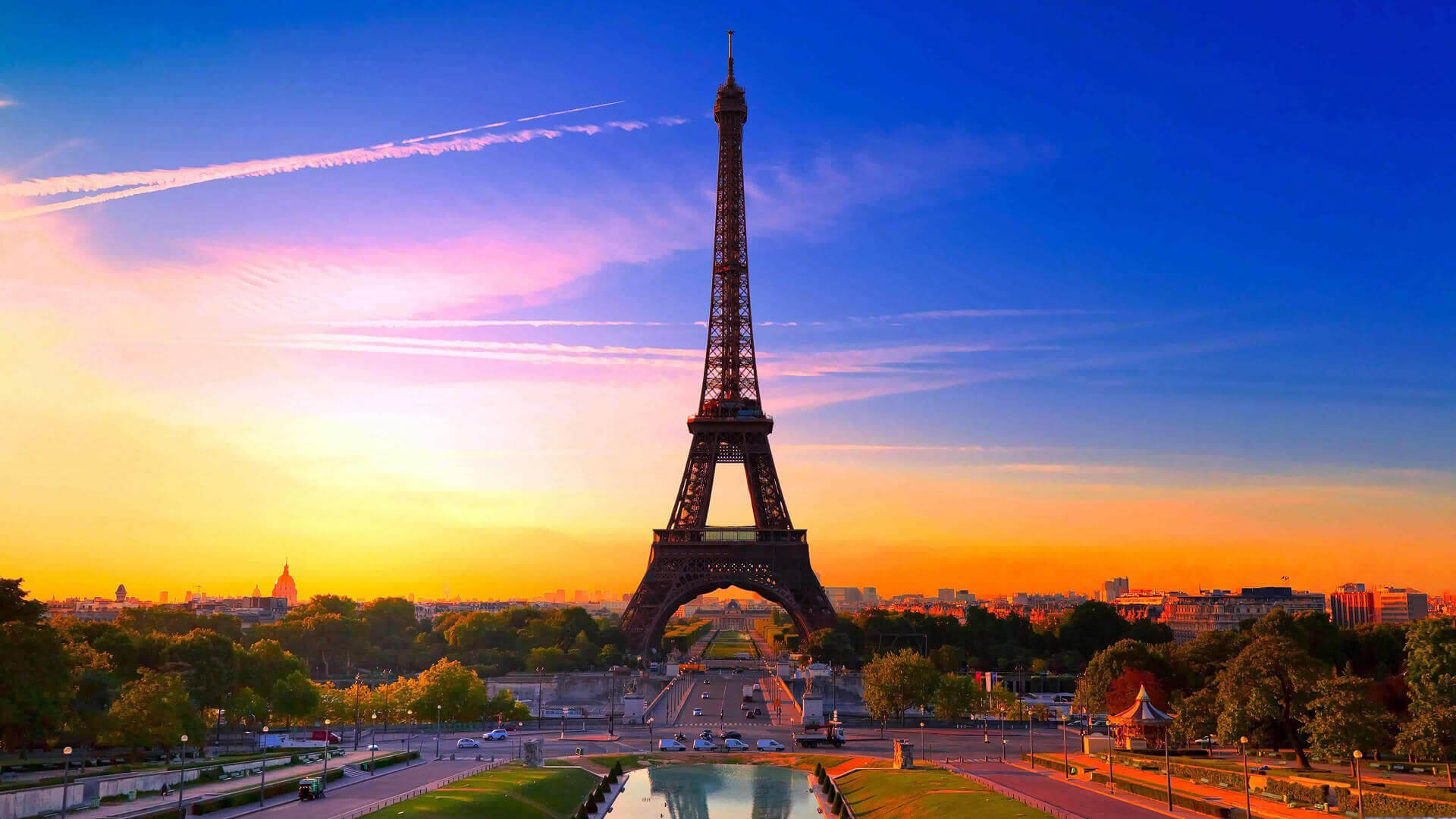Phone numbers
To call a French number from abroad, dial: international dialling code + 33 + local number without the leading 0, for example: +33 2 47 66 41 18.
All French numbers have 10 digits. The first two digits are:
- 01 for Paris Region
- 02 for the North West
- 03 for the North-East
- 04 for the South-East
- 05 for the South West
- 06 for mobile phones
- 07 since 2010 also for mobile phones.
- 08 have special prices, which can be derived from the following two numbers: from free – 08 00 – to very expensive (up to € 20.40 per hour) – 08 99. Skype numbers also start with 08.
- 09 when connected to VoIP phones connected to DSL modems from French DSL providers that have such features.
You cannot discard the first two digits even if the call remains in the same area. The initial “0” can be replaced by another digit or a longer code indicating the remote exchange dialing. Do not use this code unless you are specifically asked to do so.
When talking about telephone numbers, people usually group the numbers in pairs. For example, 02 47 66 41 18 is rendered as “zero two, forty-seven, sixty-six, forty-one, eighteen”. The pair of digits 00 is called “zero zero”, not “double zero”. If you find it too difficult to follow, you can ask the person to say the number digit by digit. It would then read “zero, two, four, seven, six, four, one, one, eight”.
Toll free
Only a few companies offer freephone numbers (often starting with 08 00), and there are also numbers starting with 081 for which you pay the cost of a local call, no matter where you are in the country.
Items that start with 089 will have a surcharge. They provide a service for some legitimate businesses, but the ones you see advertised around the country are usually adult services.
The emergency numbers are 15 (medical assistance), 17 (police) and 18 (fire/rescue). You can also use the European emergency number 112 (perhaps a better choice if you don’t speak French). These calls are free of charge and can be made from virtually any phone, including locked mobile phones. If you find a code-protected mobile phone in a serious emergency, enter a random code three times: The phone will be locked, but you can dial the emergency numbers.
Cheap international calls
To make cheap international calls from France, travellers can get a Carte Sim France [www] online before departure or use low-cost dial-up services such as appellemonde [www] or allo2556 [www].
Bypass services are available directly from any fixed line in France. No contract or registration is required. Most numbering services allow you to call the USA, Canada, Western Europe and many other countries at local rates, saving you money on your phone bill. They also work from phone boxes, but France Telecom charges for the first minute.
Fixed line
To find out how to order a landline in France, you can click on landline providers in France [www]. Another method, if you are staying for a while, is to use VoIP over DSL, such as the Livebox or Freebox service (free long-distance calls in France and to a number of countries).
Telephone booths
Phone boxes can be found at train stations, metro stations, bus stops and near tourist attractions, etc. There is at least one phone box in every village (look for it in the main square). Due to the widespread use of mobile phones, there are fewer booths today than a few years ago. Most of them use a card (no coins). France Telecom public phones accept CB/Visa/MasterCard cards, but almost always with a chip. Otherwise, post offices, cafés-tabacs (recognisable by a red sign hanging outside) and shops selling magazines sell phone cards. Ask for a “phone card”; these have different credit units. You can specify “small” if you only want to make one or two short local calls. If you get a phone card with a computer chip, just put it in the phone, wait for the dial tone and dial the number. With American-style cards, you have to dial a number and then enter a code (but with voice instructions in French).
Mobile
France uses the GSM mobile standard (900 MHz and 1800 MHz bands), which is used in most countries in the world outside the United States. Several companies (Orange, SFR, Free, Bouygues Télécom and some other MVNOs such as Virgin Mobile) offer mobile services. The country has almost universal coverage, but in rural or mountainous areas you may have difficulty using your mobile phone. However, for emergency numbers, all three companies are legally obliged to answer your call if they are technically able to do so, even if you are not one of their customers, which maximises your chances of being helped even in areas with irregular service.
If you are staying for a while, it may be advisable to buy a prepaid mobile phone card that you can use in any phone that supports the GSM standard in the 900/1800 MHz bands. Incoming calls and text messages are then free of charge. It is available from most mobile phone operators (Orange, SFR and Bouygues Telecom), but has a very short validity if you do not top up the card.
An Orange prepaid SIM card is called Mobicarte, costs €9.90 and includes a credit of €5. SMS messages within Orange France cost €0.12, for international mobile users €0.28. Other operators (SFR, Bouygues) have similar prices. Since 2012, the free mobile operator has offered a €2/month subscription with no minimum contract period, which includes 120 minutes per month and unlimited national SMS messages. This offer is only available on the internet and you must have a postal address.
Internet
Internet cafés: Internet access is available in internet cafés in all large and medium-sized cities. The service usually costs about 4 euros per hour.
Residential broadband: In all major cities, many companies offer residential broadband services. Typical prices are €30 per month for unmetered ADSL (with speeds of up to 24 megabits per second), digital HDTV over DSL and free unlimited VoIP calls to landlines in France and to about 20 other countries (EU, USA…) also with external SIP access (the price includes a modem/router/switch with integrated WiFi MiMo access point).
Wifi: In many cafés (in towns and villages) you will also find wifi access, usually those that are a bit “wired”. There will be a sign on the door or on the wall. Also look for the clearly visible @ symbol indicating internet availability. However, as most households are now connected to the internet, internet cafés will become increasingly difficult to find, especially outside the major cities. In Paris, the Centre Pompidou is one place where you can access the internet for free. It is said that the city intends to become the first major European capital to offer free wifi for the entire city. Public parks and libraries in Paris are also covered. Please note that wifi is considered a “wee-fee” in France, even by English speakers. Asking for “wifi” is usually not understood.
Short-term SIM cards
Orange offers an almost unlimited one-month internet package for 9 €, called InternetMax. The official limit of 500 MB is not applied. The connection is not allowed, but is also not applied. E-mail (POP3/SMTP/IMAP) is not covered and is sold as a separate package for 9 € per month. P2P, VoIP and USENET are expressly prohibited and may result in cancellation of your package and loss of call credits on your account.
To set up this service:
- buy a “mobicarte” (generic prepaid SIM card) at an Orange point of sale for €9.90, including €5 credit.
- with a 4 euro top-up (with a credit card at an Orange point of sale or with a 5 euro top-up sold everywhere at tobacco and newspaper kiosks).
- Deactivate the mobile data connection and deactivate all e-mail applications that use the POP3/IMAP/SMTP protocols on the smartphone before inserting the SIM card, otherwise the credit will be used up long before you activate the unlimited data plan.
- Wait 24 hours for the SIM card to be activated before adding plans
- activate the InternetMax data tariff with #123#. The menu is in French, for a summary in English see the link below.
- Wait several hours (officially up to 48 hours) for InternetMax to be activated. There is no notification, so check regularly: Surf a little and check your balance with #123#.
As the plan is not marketed by Orange, point-of-sale and hotline staff often don’t know anything about it, and there is very little about it on the Orange website, even in French.
Post
There are post offices (“La Poste“) in every town and village, but their opening hours vary. In the larger cities, the head office may also be open over lunchtime; as a rule, opening hours are from 9.00 am to 6.00 pm. Most offices are only open on Saturday morning and there is only one office in Paris that is open 24 hours a day, 365 days a year (rue du Louvre).
The letterboxes are coloured yellow.
Postal rates
There are three levels of service for French domestic mail (including Andorra and Monaco):
- The priority letter usually arrives the next day. Cost (up to 20g): 0.80
- The Green Letter, usually arrives in two days. Cost (up to 20g): 0.70
- The business letter (ecopli), usually arrives in four days. Cost (up to 20g): 0.68
There is only one service for international mail:
- Priority Letter, costs (up to 20g): € 1.00 (for the European Union and Switzerland), € 1.25 (for all other countries)
Correct prices as of November 2016.
Parcels
International delivery services such as FedEx and UPS are available in cities, but you usually have to call them to get them to come to you as they have few physical locations.
Another option is to simply use La Poste, which has a wide network throughout the country and offers the same services as its competitors.


